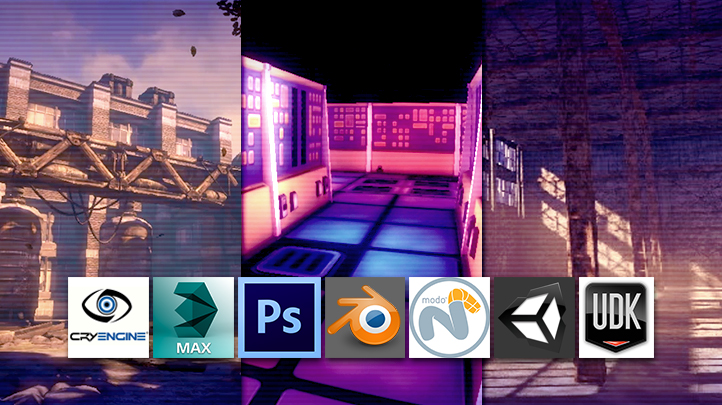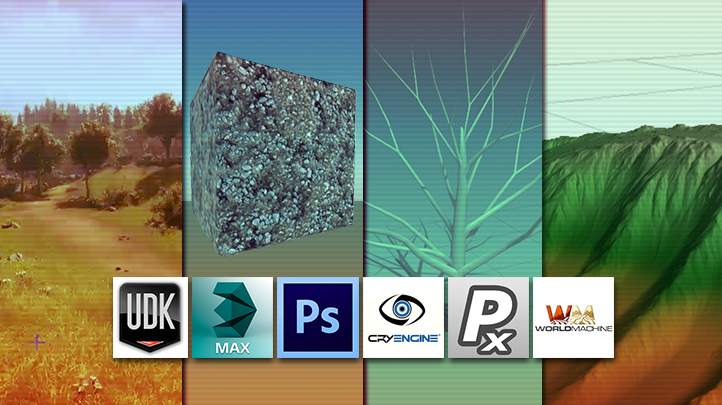Copyright © 2025 LOOP All Rights Reserved.
Mastering Digital Design - Advanced Modeling and Texturing for Games, Architecture, and Film (Part 1)
Course Description
This course is intended to expand beyond the knowledge of a beginner and showcase techniques and tools that today’s top artists use when creating industry standard 3d assets, whether for games or film. From concept to completed high poly model, this course will show you how to approach the sub-d process in Maya 2011. From custom hotkeys to kitbashing – all the way through completion, it showcases the techniques and workflow for creating a highly detailed sci-fi console. With lots of great tips and practical hands on techniques, this course serves as a great workflow tutorial for high quality game assets.
Learn tips and tricks of creating dynamic animation and games design.
- Know about the different branches in animation
- Learn about what goes into making a successful animation
- Understand better about the designing process with this course
- Be able to create your own monsters and creatures at the end of this course
Course Objectives
1. Know the techniques for creating 3d assets
2. Understand how to use sub-d process in Maya 2011
3. Be able to perform High Poly Modelling
4. Know the baking process in 3ds Max
5. Learn how to texture a Bradley fighting vehicle
6. Know tips and tricks for baking Normal and Ambient Occlusion maps in 3ds Max
7. Know how to get how to get perfect bakes from a high res mesh down to a game-ready low res mesh
Content
Intro to HP Modeling in Maya
Preview Available
Hi Poly Modeling 3ds Max
Sci-Fi Modular Floor
Bradley Vehicle Texturing
Normal Maps Tips & Tricks
Mastering Digital Design - Advanced Modeling and Texturing for Games, Architecture, and Film (Part 1)
- Duration 11 hr 54 mins
- Skill level All Levels
- Languages en_US
- Tag(s) NEW Design Games Design Animation








